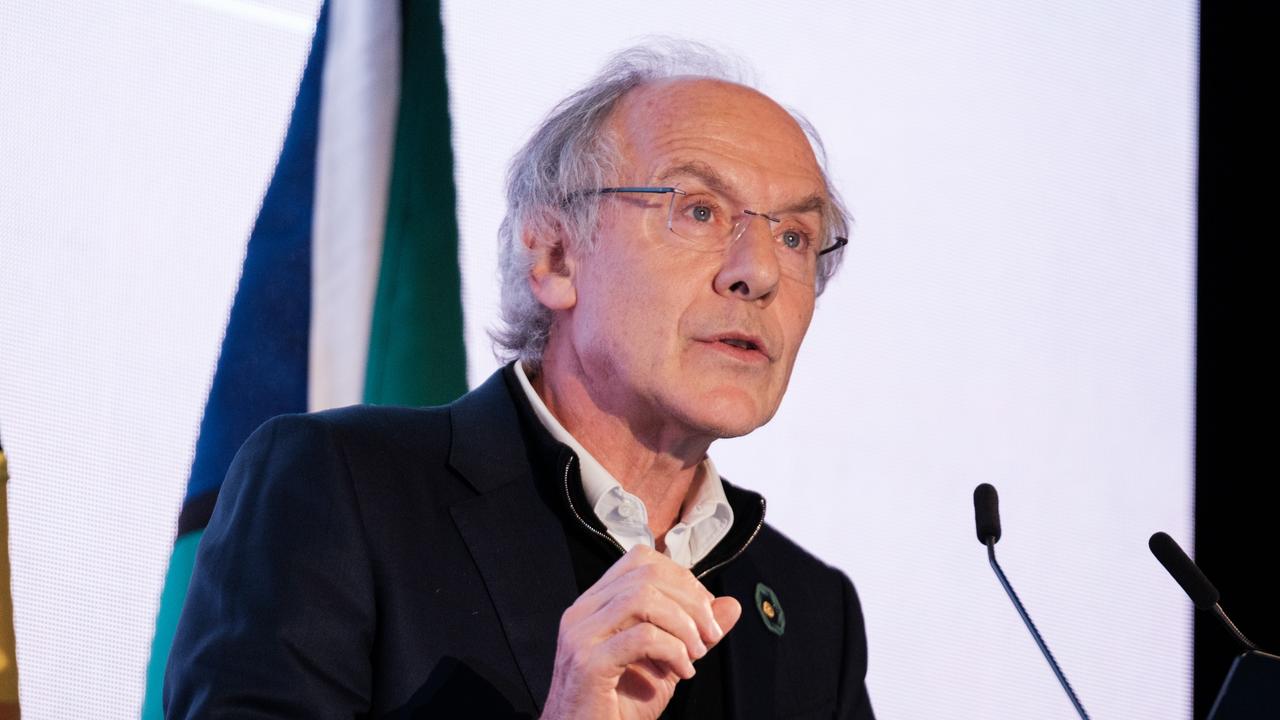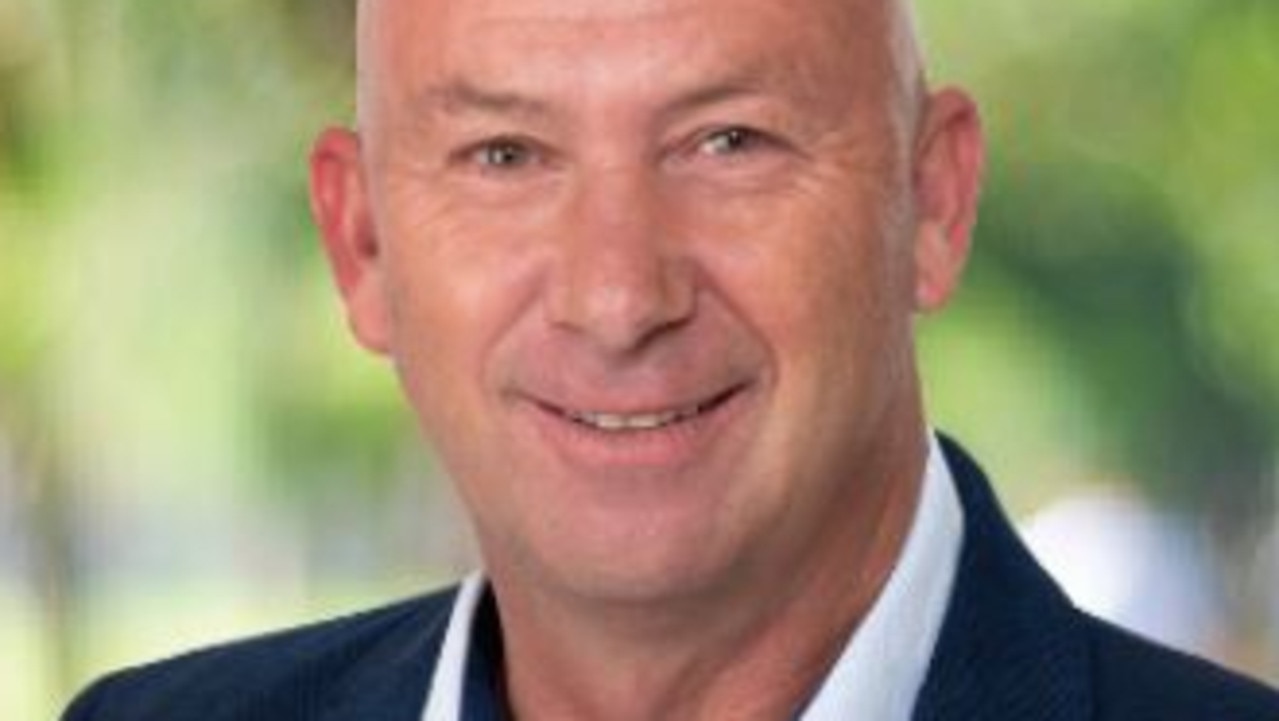How Labor, Liberal are plotting a path to victory on election night
The election result is set to go down to the wire as the Liberals target one group of voters who are “going to decide the election one way or another”.
State Election
Don't miss out on the headlines from State Election. Followed categories will be added to My News.
With Saturday’s election set to go down to the wire, both major parties believe they have a road to victory.
Daniel Andrews goes into the race odds-on favourite, but pollsters and even Labor sources increasingly believe he will struggle to form a majority government in his own right.
Matthew Guy needs to pick up 18 seats to have a chance to form his own government with a single seat majority.
It is a challenge many believe is insurmountable, but it has been done before.
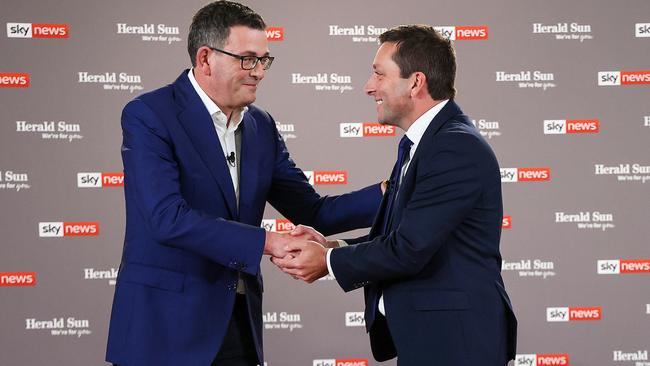
In 1982 John Cain won 17 seats to beat Lindsay Thompson for the top job ending 27 years of Liberal government.
In 1992 Jeff Kennett won government from Joan Kirner, picking up 19 seats.
And in 2002 Steve Bracks picked up 20 seats to win his second term in government – 14 of those seats recording swings greater than 9 per cent.
Liberal figures have become more buoyant about the party’s chances through the week.
No one is expecting a statewide swing of 12 per cent or higher which would deliver the Coalition enough seats to govern.
To put that swing into context, in 2018 the Andrews government’s Danslide saw a swing of 5.31 per cent toward Labor.
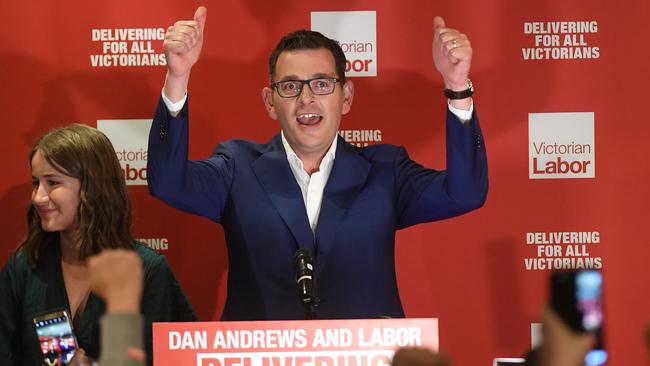
But big swings in the right seats could have a significant impact.
Pollsters are predicting seats with significantly higher margins could fall including Werribee (13.6 per cent), Albert Park (12.9 per cent), and Point Cook (12.3 per cent).
Liberal sources believe other seats like Glen Waverly, Melton, Eureka and Pakenham are all in play too.
But securing seats in Melbourne’s northeast and southeast is critical.
They say Matthew Guy has overcome the biggest hurdle in forging a path to victory: presenting a viable alternative government.
“Matthew has found a more statesmanlike position, he’s presenting as a possible Premier, a safe pair of hands,” one source said.
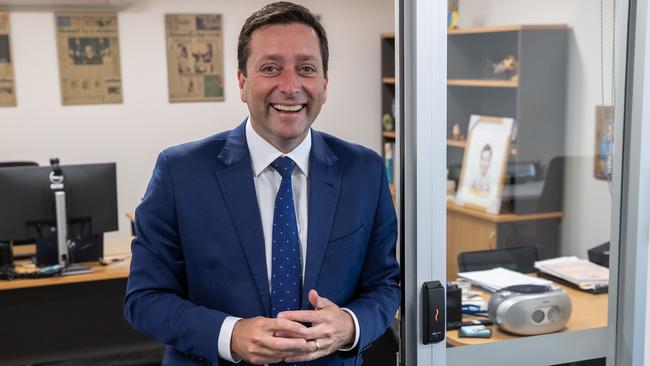
Party insiders say key election commitments of scrapping the Suburban Rail Loop and slashing public transport fares have been winners.
The SRL announcement, in which Guy pledged to divert billions of dollars from the project into the health system, raised health as a salient issues for voters.
Liberal figures believe the policy put the party ahead in health for the first time in living memory.
Sources hope the party’s focus on cost of living, including promises to slash public transport fares and energy bills, will attract “soft voters” away from Labor.
“It’s this sort of group of voters that are actually going to decide the election one way or another,” a source said.
“They could revert to past behaviour and go, you know, the devil you known, which would be Andrews, or they could vote to decide against Andrews.
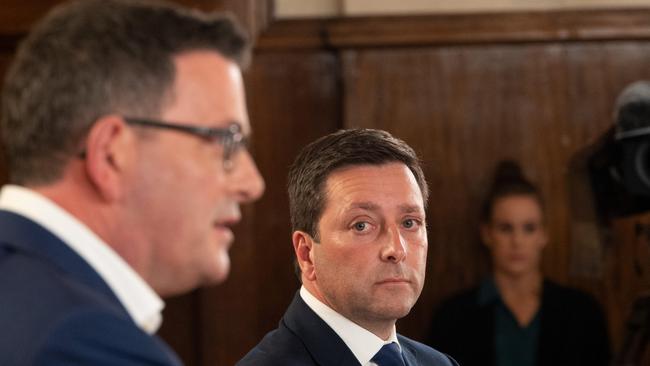
“For many of them it would be a vote against Labor for the first time, but they’re so pissed off, they could break away.
“And there’s a big pool of them and they haven’t made up their mind yet.”
Liberal figures believe they can capitalise on soft voters’ negative view of Andrews, Labor and the direction Victoria is headed.
“They’ve got a more negative view of Labor’s ability to deal with the most salient issues in the campaign compared to the average voter,” a source said.
“The economy, cost of living, health, debt, small Business and delivering affordable and reliable energy, they’re really key issues for them.
“And they’re things that we’ve been campaigning on pretty solidly throughout the course of the campaign.”
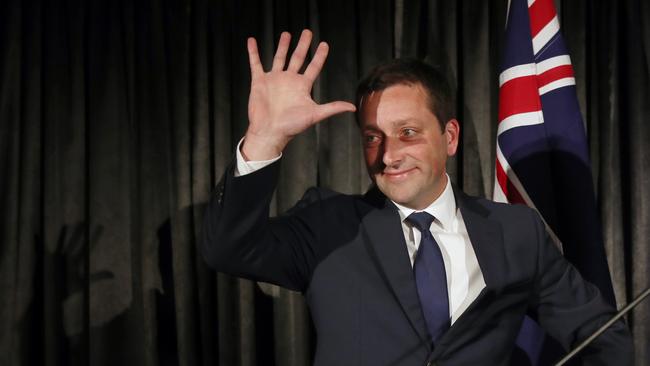
For Labor, Victoria’s fatal health crisis, record debt levels and questions over integrity have made for a hard sell.
Labor figures have also questioned the party’s inability to consolidate its campaign machine in a similar way to 2018.
After winning 55 seats in 2018, Labor went into 2022 with a conservative strategy focused on defence, developing a list of key targets that included electorates they held with big margins.
Rather than seeking to win over more spots from the Liberal or Nationals, campaign strategists knew they had to shield a heavy swing against them that came from incumbency and pandemic lockdowns.
To do this, resources were poured into the sandbelt regions like Mordialloc, Bentleigh, Frankston and Carrum.
These have traditionally been battlegrounds for the major parties that fluctuate with each change of government.
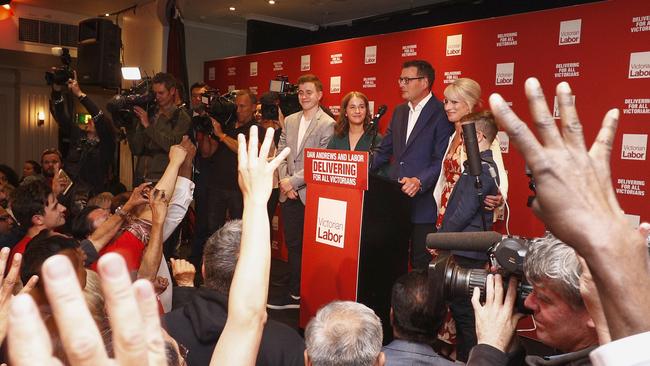
Victorian Labor has targeted these spots heavily to shore up the support they won in 2018 and take them out of the Coalition’s grasp.
Heavy swings are still expected but it’s hoped the party has done enough in these areas to hold them on to them with slight margins.
The loss of prominent ministers Lisa Neville and James Merlino meant the party also needed to dedicate more time and effort shoring up their electorates of Bellarine and Monbulk.
Neither of these districts are believed to be under threat as polling day approaches, but are close enough that the party needed to divert time and money into making sure they remained on Labor’s side of the ledger.
At the city’s fringe the party acknowledges it is facing a difficult problem.
Outer suburbs are where the anti-government sentiment is strongest and insiders privately concede areas like Bass, Pakenham and Nepean are gone.
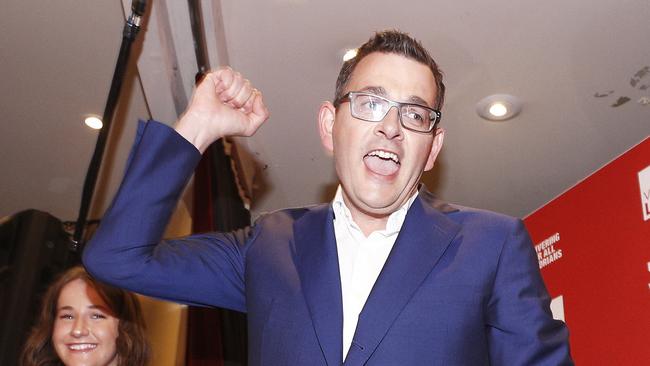
Significant effort has gone into fighting against this trend, with Melton, Point Cook and Yan Yean being watched closely as votes that will come down to the wire.
Other fringe regions such as Sunbury and Narre Warren North are expected to hold, while outside Geelong South Barwon is at the mercy of how strong the statewide swing appears.
One of the key results on the night will be how Labor fares in eastern suburbs seats that were once strongholds for the Liberals.
Won by the ALP during the 2018 landslide victory, these typically well-off suburbs could be the difference between a minority or majority government.
Box Hill, Ashwood, Bayswater and Ringwood are all in play and it’s conceded at least two could flip back on election night.
But these areas are all within parts of Melbourne that swung heavily towards Anthony Albanese at the federal election and Victoria’s changing electoral demographics mean the result could come down to a coin toss.
The anti-Liberal sentiment that derailed Scott Morrison among wealthier voters who are passionate about climate change may persist – despite efforts by the Coalition to reposition themselves as supportive of renewables and net-zero strategies.
In the inner-city, Richmond and Northcote are strongly suspected to be Labor losses while Albert Park could come down to preference from the Liberals.
Although some are optimistic about Morwell, plans to end native logging and transition away from coal are likely to hurt the party’s chances.
The end result is that the key seats to watch on election night are likely to be in the eastern suburbs, the inner-city and a smattering of locations such as Melton or Yan Yean where the party has lost popularity.
Labor insiders concede Matthew Guy has played it smart by making the election about Mr Andrews and keeping a low profile around himself where possible.
The ALP struggled with momentum from the first week of the campaign as the focus became heavily about a fresh Independent Broad-based Anti-corruption Commission.
But the party has been far more consistent than their opponents in their messaging, hammering home attacks accusing the Liberals and Nationals of cutting services or projects.
Plans to revive the State Electricity Commission appear to have been the most popular campaign pledge for Labor while the Coalition’s public transport policy has cut through.
Ultimately party insiders from both sides of politics agree the election is Labor’s to lose.
Because oppositions don’t win elections, governments lose them.



